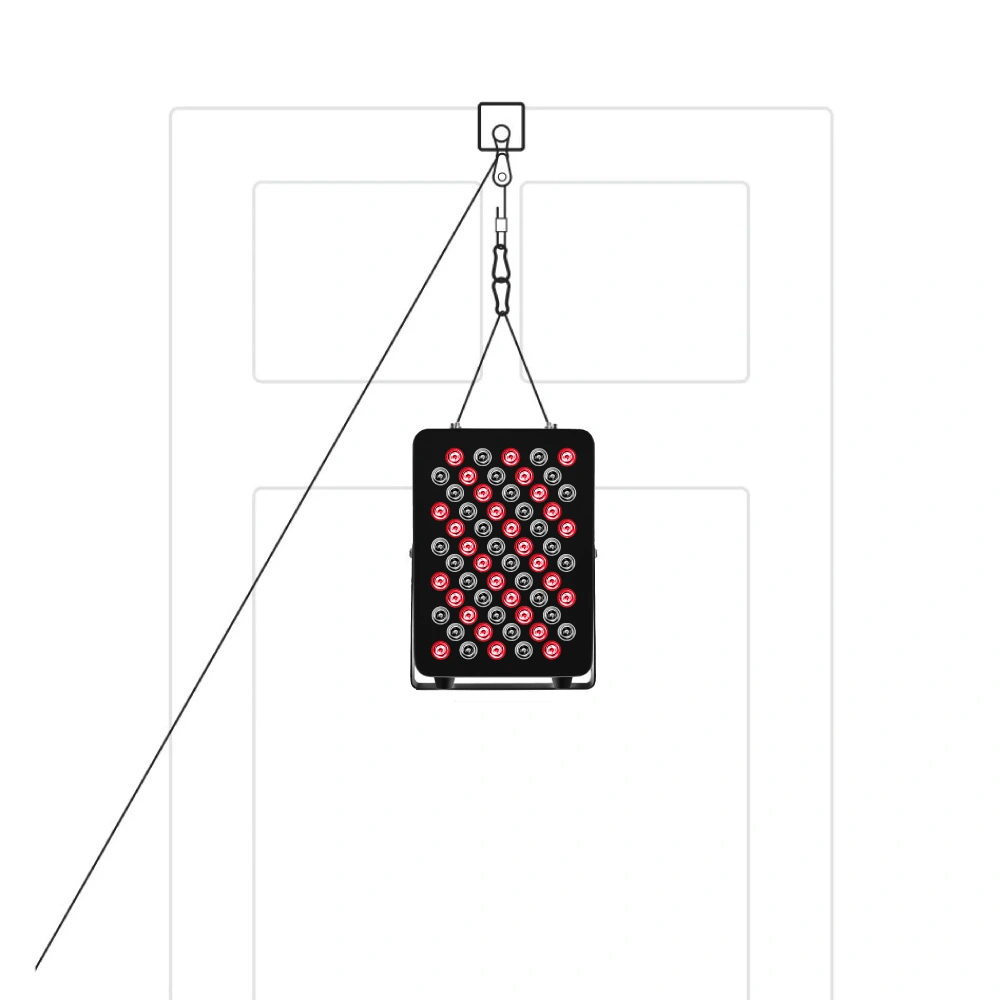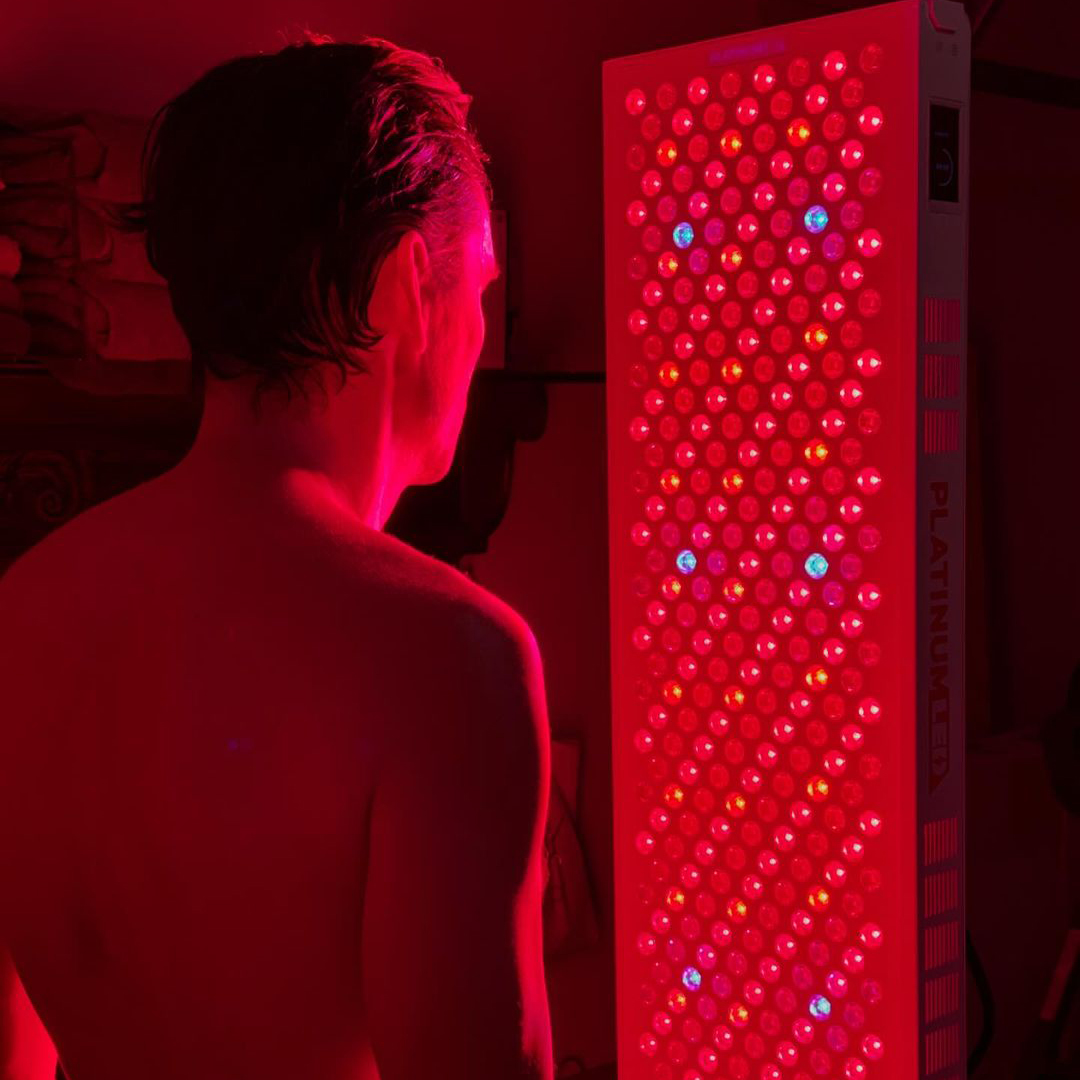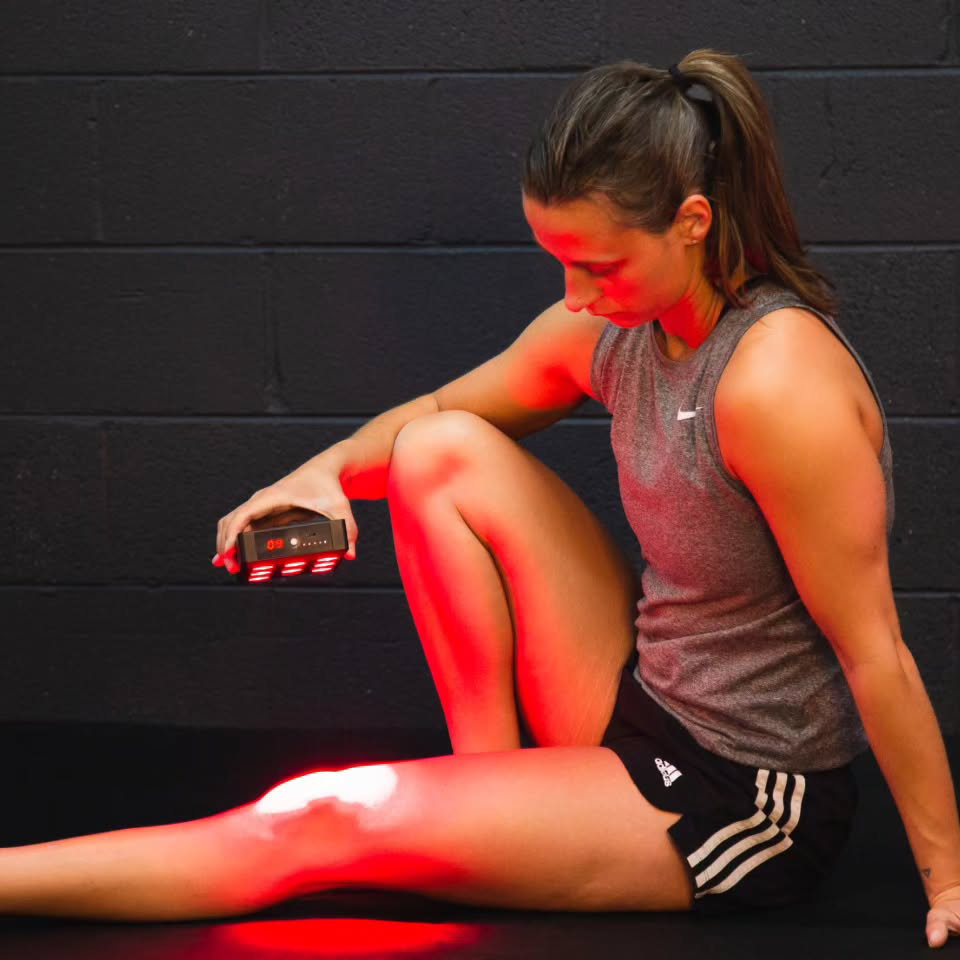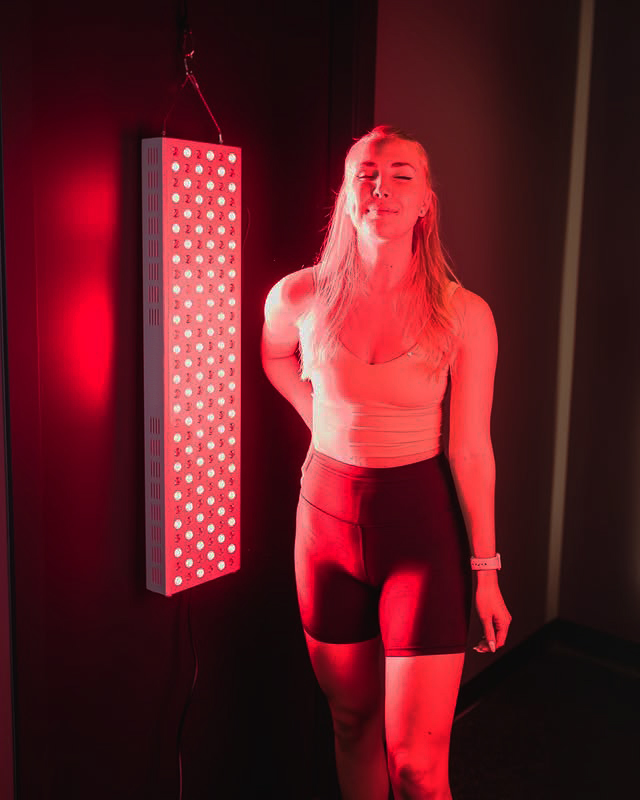![]() Free Shipping
Free Shipping ![]() Buy Now, Pay Later
Buy Now, Pay Later ![]() Eligible
Eligible
Does Red Light Therapy Help with Arthritis?
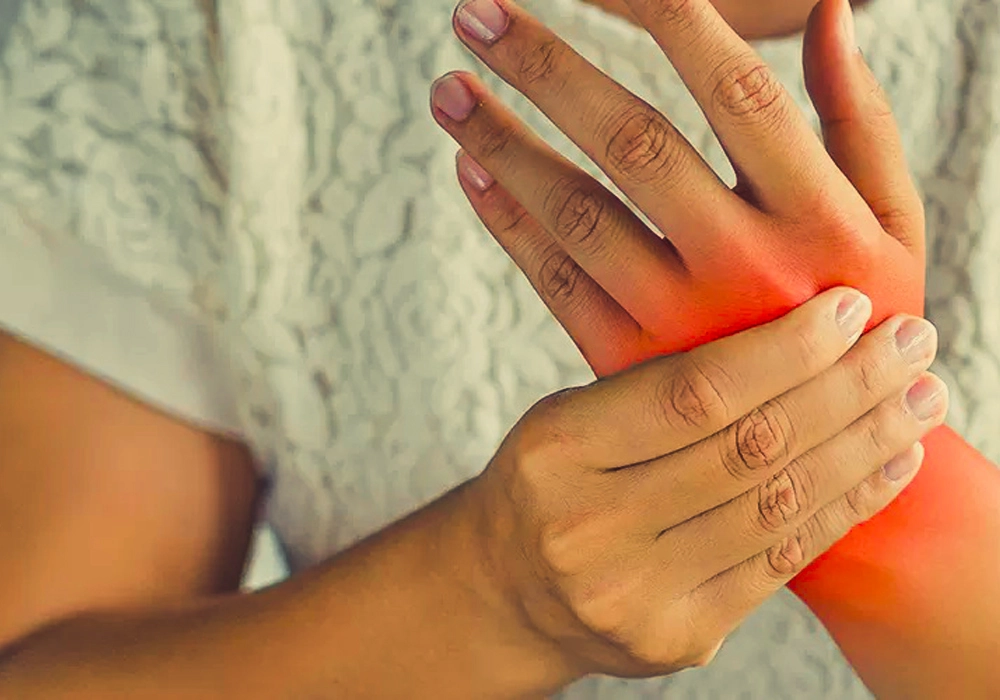
Red light therapy is a natural, non-invasive treatment that has been gaining popularity in recent years for its potential to help people with arthritis. This therapy uses low-level red light to penetrate the skin and stimulate the body’s natural healing processes. It has been shown to reduce inflammation, improve circulation, and reduce pain associated with arthritis. Red light therapy is a safe and effective way to manage the symptoms of arthritis without the use of medications or surgery.
The red light used in this therapy is a specific wavelength that is able to penetrate the skin and stimulate the body’s natural healing processes. This light is absorbed by the cells and helps to reduce inflammation, improve circulation, and reduce pain. It also helps to increase the production of collagen, which helps to strengthen the joints and reduce stiffness. Red light therapy is a safe and effective way to manage the symptoms of arthritis without the use of medications or surgery.
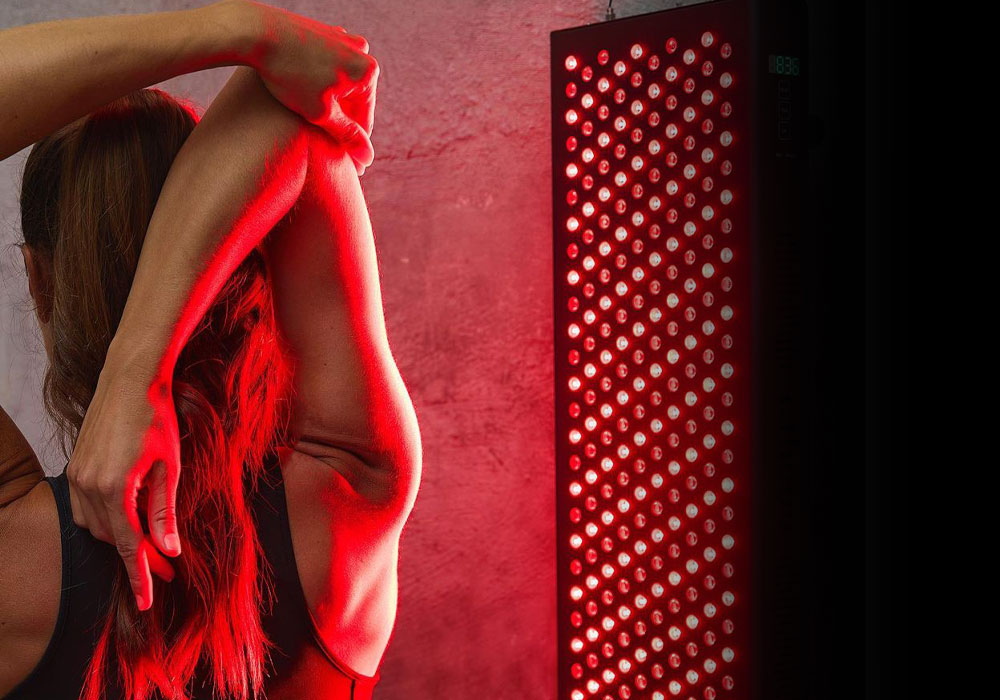
What is Red Light Therapy and How Does it Help People with Arthritis?
Red light therapy is a natural remedy that has been gaining traction in recent years as a way to help people with arthritis. This type of therapy uses red light to reduce inflammation and joint pain associated with arthritis. The light penetrates the skin and helps to reduce inflammation and pain in the joints. It also helps to improve circulation and reduce stiffness in the joints. Red light therapy is a safe and non-invasive way to help people with arthritis. It is a natural remedy that does not require any medications or surgery. It is also a relatively inexpensive way to help reduce inflammation and joint pain. Studies have shown that red light therapy can help reduce inflammation and joint pain in people with arthritis. It can also help to improve mobility and reduce stiffness in the joints. Red light therapy is a great option for people with arthritis who are looking for a natural remedy to help reduce inflammation and joint pain. It is a safe and non-invasive way to help reduce inflammation and joint pain associated with arthritis. It is also a relatively inexpensive way to help reduce inflammation and joint pain.
Some sources of near infrared and red light have actually been used clinically for the treatment of arthritis since the late 1980s. By the year 2000, enough scientific evidence existed to recommend it for all arthritis sufferers1 regardless of cause or severity. Since then there have been several hundred quality clinical studies trying to refine the parameters for all joints that can be affected. The effectiveness is apparent in some people, as this news report shows:
As of this year, some forms of appropriate light therapy are regarded as a reliable treatment for the pain of arthritis, but could perhaps also be a proactive health tool against the root causes of osteoarthritis, rheumatoid arthritis and various other inflammatory joint issues. The interest regarding use of light on arthritis should come as no surprise, as pain relief and accelerated healing are the most well studied effects of light therapy.
The Benefits of Red Light Therapy for Arthritis Sufferers
How Does Red Light Therapy Work for Arthritis?
The red light emitted during therapy penetrates the skin and reaches the cells, where it stimulates energy production through increased ATP (adenosine triphosphate) levels. This boosts cellular regeneration and reduces inflammation, resulting in pain relief for arthritis sufferers.
Research has also shown that red light therapy can stimulate the production of collagen and promote blood circulation, which can help with joint mobility and stiffness often experienced by those with arthritis.
The Benefits of Red Light Therapy for Arthritis Pain
Red Light Therapy has been shown to have a positive impact on reducing pain associated with arthritis. By stimulating cellular repair and reducing inflammation, this therapy can provide relief for those suffering from chronic pain.
In addition, as a non-invasive treatment option, it is considered safer than other forms of medication or surgery commonly used to manage arthritis pain.
📢 SPECIAL OFFER: Get FREE shipping for any VELLGUS red light therapy device!
Improved Joint Function and Mobility
Arthritis sufferers may experience difficulty with joint movement due to stiffness and inflammation. Red Light Therapy has been found to improve joint function and mobility by increasing collagen production and promoting blood flow.
This can greatly benefit those with arthritis, allowing them to perform daily tasks with less pain and difficulty.
Reduced Inflammation and Swelling
Inflammation is a common symptom of arthritis that can cause discomfort and limit mobility. Red Light Therapy has been found to reduce inflammation by activating the body’s natural anti-inflammatory response mechanisms.
By targeting specific cells in the body, this therapy helps reduce swelling and pain caused by arthritis.
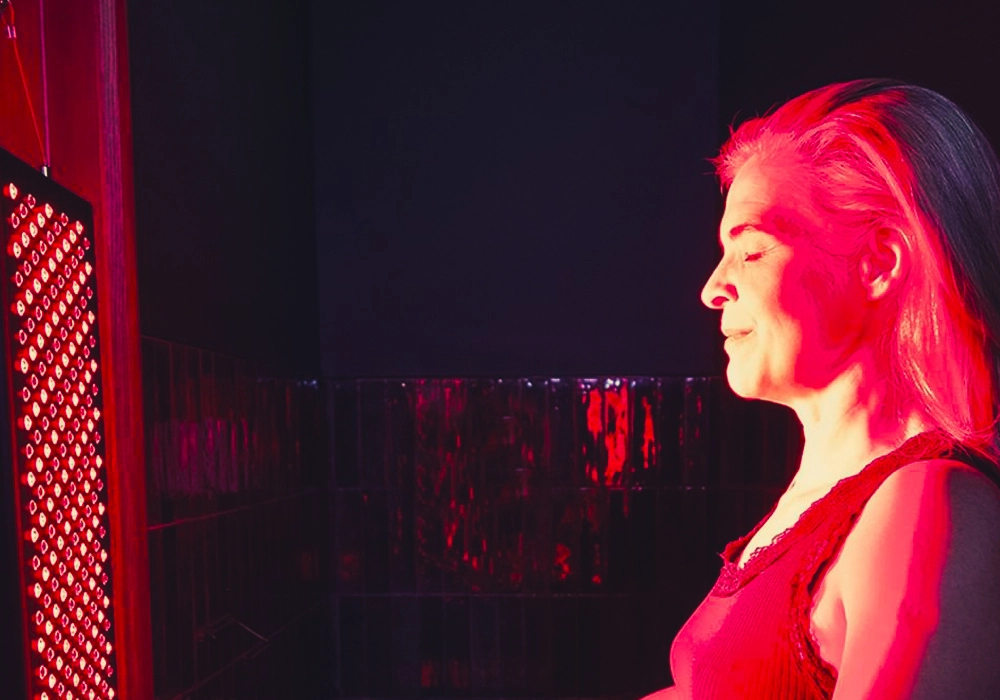
Non-Invasive Treatment Option
Unlike many other treatments for arthritis, Red Light Therapy does not involve invasive procedures or medications that may have negative side effects on the body. It is a non-invasive treatment option that uses light therapy to promote healing from within.
Safe and Painless
Red Light Therapy has been deemed a safe and painless treatment for arthritis sufferers, with no known negative side effects. This makes it an attractive option for those looking for alternative forms of pain relief.
Unlike other treatments that may cause discomfort or require downtime for recovery, Red Light Therapy sessions are quick and painless.
Cost-Effective Treatment Option
For many individuals suffering from arthritis, the cost of medication and medical procedures can be a burden. Red Light Therapy provides a cost-effective alternative for managing arthritis symptoms without breaking the bank.
With regular sessions, patients can see improvements in their condition without having to spend excessive amounts on prescription drugs or surgeries.
Can Be Used in Conjunction with Other Treatments
Red Light Therapy can be used in conjunction with other treatments for arthritis, such as physical therapy or medication. This complementary approach can provide even greater benefits and improve overall quality of life for those suffering from this condition.
Can Be Done at Home
One of the great advantages of Red Light Therapy is that it can easily be done at home using portable devices. This eliminates the need to travel to a medical facility for treatment and allows patients to incorporate it into their daily routine.
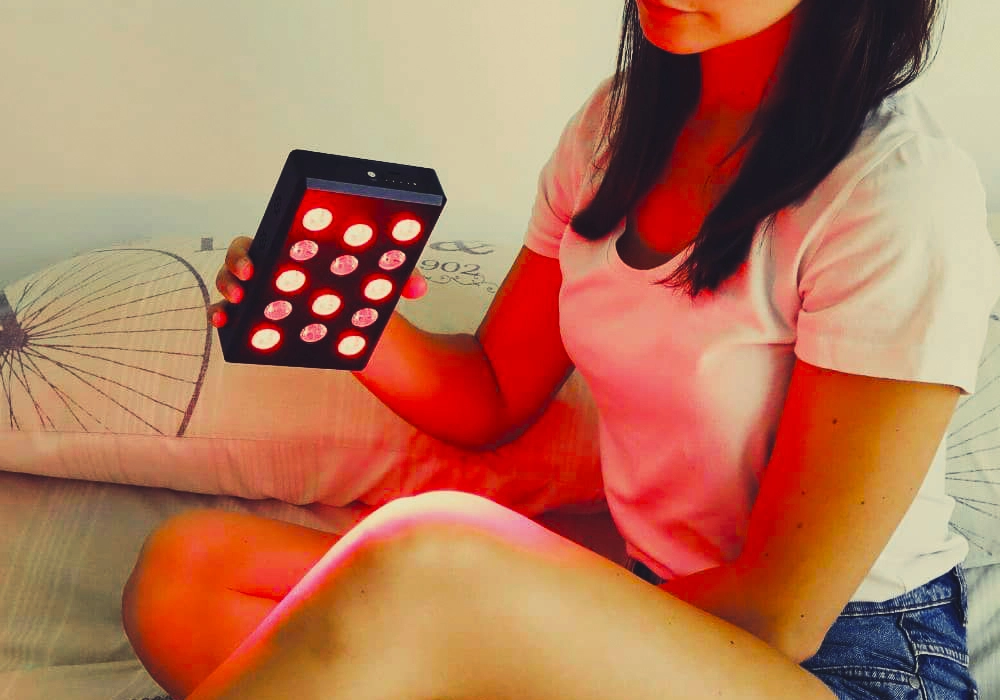
Suitable for All Ages
Arthritis, while more commonly associated with older individuals, can affect people of all ages. Red Light Therapy is a suitable treatment option for all age groups, making it accessible to anyone who may be suffering from arthritis pain.
No Downtime
Unlike surgery or other procedures, Red Light Therapy does not require any downtime for recovery. Patients can resume their daily activities immediately after a session, making it a convenient option for those with busy schedules.
Customizable Treatment Plans
Each individual’s experience with arthritis may be different, and as such, their treatment plans should also be tailored to suit their needs. With Red Light Therapy, treatment plans can be customized based on the severity of symptoms and specific areas of concern.
This ensures that each patient receives targeted therapy for maximum benefits.
No Chemicals or Harmful Substances Used
Since Red Light Therapy utilizes natural light wavelengths to stimulate healing in the body, there are no chemicals or harmful substances involved in the process. This makes it a safe and natural treatment option for managing arthritis pain.
Promotes Overall Wellness
Red Light Therapy not only helps with managing arthritis pain but also promotes overall wellness. By boosting cellular repair and reducing inflammation, this therapy can have a positive impact on the body’s immune system, skin health, and energy levels.
How to Use Red Light Therapy for Arthritis
Understanding the Basics of Red Light Therapy for Arthritis
- This section will cover the fundamental principles of red light therapy and how it can benefit those with arthritis.
- It will also discuss the different types of devices used for this type of therapy, such as LED panels or handheld devices.
- Readers will gain a better understanding of how red light therapy works and what to expect during a session.
Incorporating Red Light Therapy into Your Daily Routine
- Here, we will explore ways in which individuals can easily incorporate red light therapy into their daily routine, even if they have a busy schedule.
- Tips and tricks on setting reminders and finding time for sessions will be provided to help readers make this treatment a consistent part of their routine.
- Readers will also learn about the proper positioning and distance for effective red light therapy sessions at home.
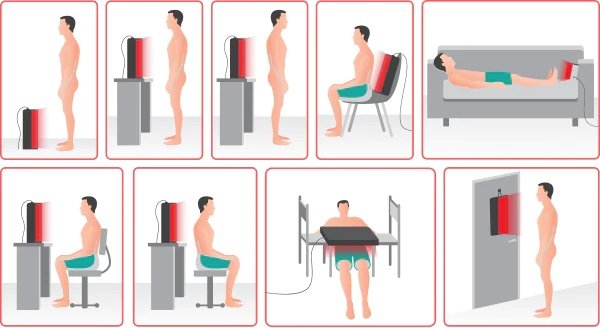
Targeting Specific Areas of Pain
- Arthritis can affect different areas of the body, and this section will discuss how to use red light therapy to target specific areas that may be experiencing pain or inflammation.
- Tips on how to position devices for targeted therapy will be shared, along with information on which wavelengths are most beneficial for certain types of joint pain.
- Readers will gain insight into how red light therapy can provide relief in specific problem areas associated with arthritis.
Combining Red Light Therapy with Other Treatments
- While red light therapy can be used as a standalone treatment, it can also be combined with other therapies for even greater benefits.
- This section will cover different ways in which red light therapy can be used alongside other treatments, such as physical therapy or medication.
- Readers will learn about the potential synergistic effects of combining red light therapy with other forms of treatment for arthritis.
Monitoring Progress and Making Adjustments
- Like any form of therapy, it’s important to monitor progress and make adjustments as needed for optimal results.
- This section will discuss how to track improvements in symptoms and make necessary changes to treatment plans.
- Readers will also gain insight into how often they should have sessions and what signs to look out for that may indicate a need for adjustments.
VELLGUS Elite
THE #1 RATED RED LIGHT DEVICE
Red Light Therapy is a safe and effective treatment option for people with arthritis. It can help reduce inflammation, pain, and stiffness, while also improving joint mobility. While there are some potential side effects, they are generally mild and can be minimized with proper use. With the right approach, Red Light Therapy can be a powerful tool for managing arthritis symptoms and improving overall quality of life. If you are considering Red Light Therapy for your arthritis, be sure to consult with your doctor to ensure it is the right choice for you.
References
- Low level laser therapy for osteoarthritis and rheumatoid arthritis: a metaanalysis. Brosseau et al. 2000.
- Low level laser therapy (Classes I, II and III) for treating osteoarthritis. Brosseau et al. 2004.
- Effect of low-level laser therapy on the expression of inflammatory mediators and on neutrophils and macrophages in acute joint inflammation. Alves et al. 2013.
- Can osteoarthritis be treated with light? Michael R Hamblin, 2013.
- Effect of low-level laser therapy (904 nm) and static stretching in patients with knee osteoarthritis: a protocol of randomised controlled trial. Ferreira de Meneses et al. 2015.
- Does addition of low-level laser therapy (LLLT) in conservative care of knee arthritis successfully postpone the need for joint replacement? Ip et al. 2015.
- High-intensity versus low-level laser therapy in the treatment of patients with knee osteoarthritis: a randomized controlled trial. Kheshie et al. 2014
- Short-term efficacy of physical interventions in osteoarthritic knee pain. A systematic review and meta-analysis of randomised placebo-controlled trials. Bjordal et al. 2007.
- Efficacy of low-level laser therapy applied at acupuncture points in knee osteoarthritis: a randomised double-blind comparative trial. Al Rashoud et al. 2014.
- Effect of low-level laser therapy in patients with chronic knee osteoarthritis: a single-blinded randomized clinical study. Alghadir et al. 2014.
- Influence of various laser therapy methods on knee joint pain and function in patients with knee osteoarthritis. Gworys et al. 2012.
- Best Red Light Therapy – Health News
- Efficacy of low level laser therapy associated with exercises in knee osteoarthritis: a randomized double-blind study. Alfredo et al. 2012.
- The effect of low-level laser in knee osteoarthritis: a double-blind, randomized, placebo-controlled trial. Hegedus et al. 2009.
- Synergic effects of ultrasound and laser on the pain relief in women with hand osteoarthritis. Paolillo et al. 2015.
- A systematic review of low level laser therapy with location-specific doses for pain from chronic joint disorders. Bjordal et al. 2003.
- Meta-Analysis of Pain Relief Effects by Laser Irradiation on Joint Areas. Ho Jang et al. 2012.
- Low Level Laser Therapy (LLLT) for Neck Pain: A Systematic Review and Meta-Regression. Anita R Gross et al. 2013.
- The influence of intravenous laser irradiation of the blood on the dynamics of leptin levels and the quality of life of the patients presenting with rheumatoid arthritis. Burduli et al. 2015.
- Reduction of IL-20 Expression in Rheumatoid Arthritis by Linear Polarized Infrared Light Irradiation. Imaoka et al. 2014.
- Treatment of Rheumatoid Arthritis with ATP. Birger Carlström and Olle Lövgren. 1949.
- Low-level laser therapy in different stages of rheumatoid arthritis: a histological study. Alves et al. 2013.
- Low-level laser therapy for zymosan-induced arthritis in rats: Importance of illumination time. Castano et al. 2007.
- Effects of low-level laser therapy at wavelengths of 660 and 808 nm in experimental model of osteoarthritis. da Rosa et al. 2012.
- Anti-inflammatory activities of light emitting diode irradiation on collagen-induced arthritis in mice (a secondary publication). Kuboyama et al. 2014.
- Photobiomodulation of pain and inflammation in microcrystalline arthropathies: experimental and clinical results. Soriano et al. 2006.
- Low-level laser therapy stimulates tissue repair and reduces the extracellular matrix degradation in rats with induced arthritis in the temporomandibular joint. Lemos et al. 2016.
- Effect of low-level laser on healing of temporomandibular joint osteoarthritis in rats. Peimani et al. 2014.
- Effect of light-emitting diode (LED) therapy on the development of osteoarthritis (OA) in a rabbit model. Oshima Y. 2011.
- Efficacy of low-level laser therapy in the management of neck pain: a systematic review and meta-analysis of randomised placebo or active-treatment controlled trials. Chow et al. 2009.
- Rheumatoid arthritis and thyroid abnormalities. Staykova. 2007.
- Laser Ther. 2011; 20(3): 205–215. Is light-emitting diode (LED) phototherapy really effective? Won-Serk Kim and R Glen Calderhead
- An Bras Dermatol. 2014 Jul-Aug;89(4):616-23. Effects of low-power light therapy on wound healing: LASER x LED. Chaves ME et al., 2014.
- Improvement of pain and disability in elderly patients with degenerative osteoarthritis of the knee treated with narrow-band light therapy. Stelian et al. 1992.
- In chronic low back pain, low level laser therapy combined with exercise is more beneficial than exercise alone in the long term: a randomised trial. Djavid et al. 2007.
- Laser therapy: a randomized, controlled trial of the effects of low-intensity Nd:YAG laser irradiation on musculoskeletal back pain. Basford et al. 1999.
- Evaluation of low-level laser therapy in the treatment of temporomandibular disorders. Cetiner et al. 2006.
- Lasertherapy efficacy in temporomandibular disorders: control study. Santos Tde et al. 2010.
- Low-power laser treatment in patients with frozen shoulder: preliminary results. Stergioulas. 2008.
- Exact action spectra for cellular responses relevant to phototherapy. Karu et al. 2005.
- Positive effects of low level laser therapy (LLLT) on Bouchard’s and Heberden’s osteoarthritis. Baltzer et al. 2016


